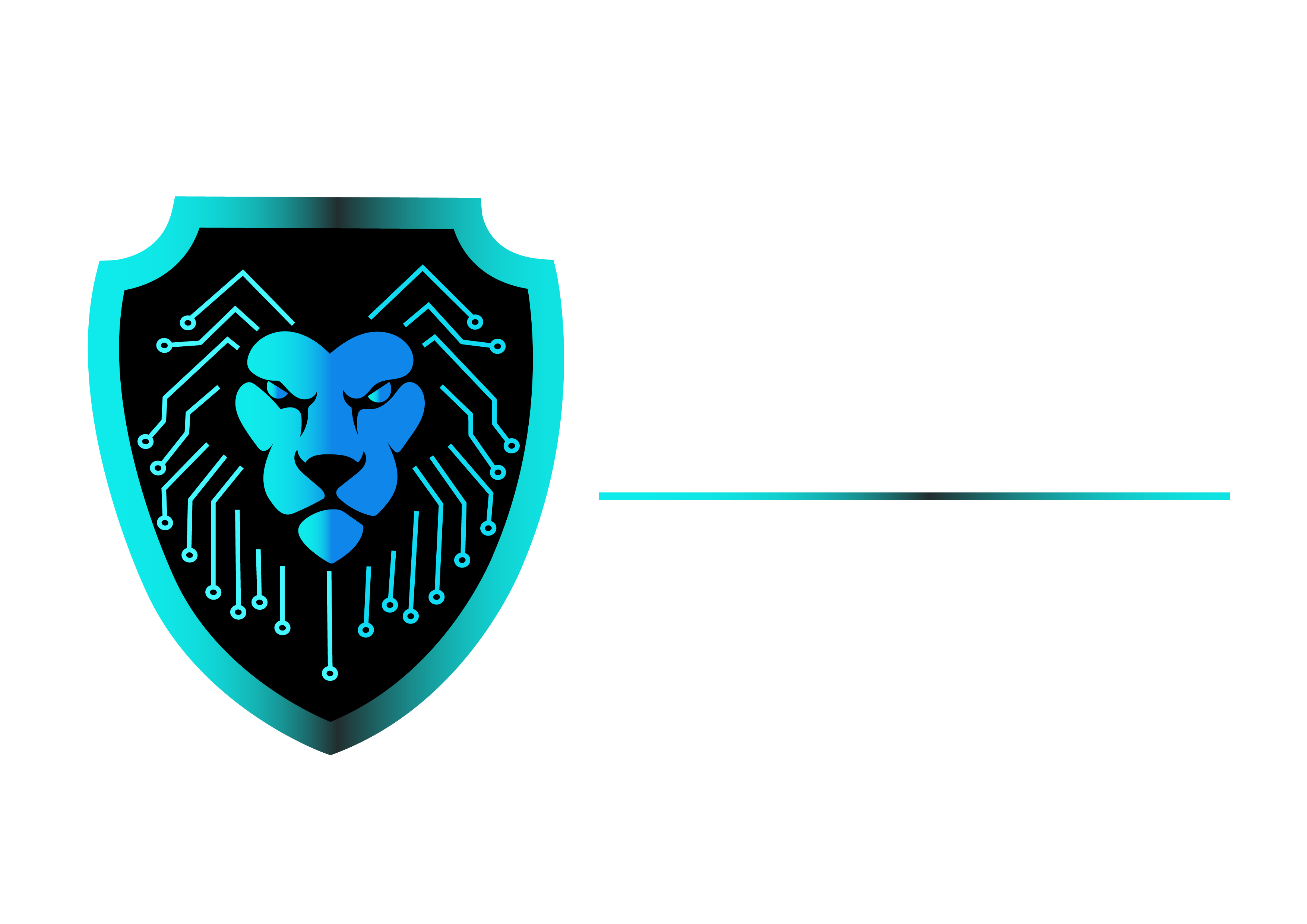Host-Based Intrusion Detection Systems
Online businesses face constant threats that can harm their operations. Cyber attackers employ various tools and techniques to execute malicious activities within the network, directly impacting a company’s revenue. Tight security for your network systems is crucial to prevent severe financial and reputational losses. Any intrusion could lead to significant consequences, making it essential to fortify your digital defenses against common security issues like policy breaches, unauthorized network penetration, or insider attacks.
Introducing Host-Based Intrusion Detection System (HIDS)
A Host-Based Intrusion Detection System (HIDS) is a defense against these threats. Managed by Certified Nerds, this system analyzes activities within your network and sends immediate alerts if any suspicious behavior is detected.
Why Would You Need a Host-Based Intrusion Detection System?
The following five targets are what a HIDS should be able to achieve:
Analyze Traffic: Analyze the traffic that comes in and goes out of the computer with the IDS program installed.
Signature-Based Detection: Use a signature-based detection technique to match a database of harmful signatures with the signatures discovered in network traffic.
Security Intelligence: Contains capabilities that help identify and get rid of any harmful activities that may be present in the system, including HIDS agents.
Critical File Monitoring: A critical responsibility of HIDS involves meticulously scrutinizing critical system files to ensure their integrity and security.
Notification of Intrusion: Determine whether there has been an attempt to overwrite important files and let you know.
Your devices and applications will, therefore, always be protected.
How Does a Host-Based Intrusion Detection System Work ?
A host-based IDS works as follows:
Gathering information: Computer systems’ data is gathered by the IDS.
Internet Observation: The IDS keeps track of all network traffic and compares it to all known attack patterns. Another name for this technique is pattern correlation.
Activity Assessment: The IDS determines whether or not a particularly strange activity constituted a cyber attack.
Behavior Alert: The IDS will alarm you as soon as it verifies suspicious behavior. These alerts will assist you in promptly identifying the problem’s root cause so your group can end the assault.
What Kinds of Dangers Are Protected From by a Host-Based Intrusion Detection System ?
HIDS shields against various threats, including:
Malicious Attacks: Detects and alerts unauthorized authentication attacks in real time.
Asymmetric Routing: Identifies and recommends actions to prevent routes that could be exploited for DDoS attacks.
Buffer Overflow Attacks: Recognizes patterns associated with attempts to overflow buffers, preventing system collapses.
Scanning Attacks: Prevents attackers from gaining access to the system and minimizes scanning attacks.
Why Choose Certified Nerds HOST-BASED INTRUSION DETECTION SYSTEM
Boost your network security today with our Host-based Intrusion Detection System!
